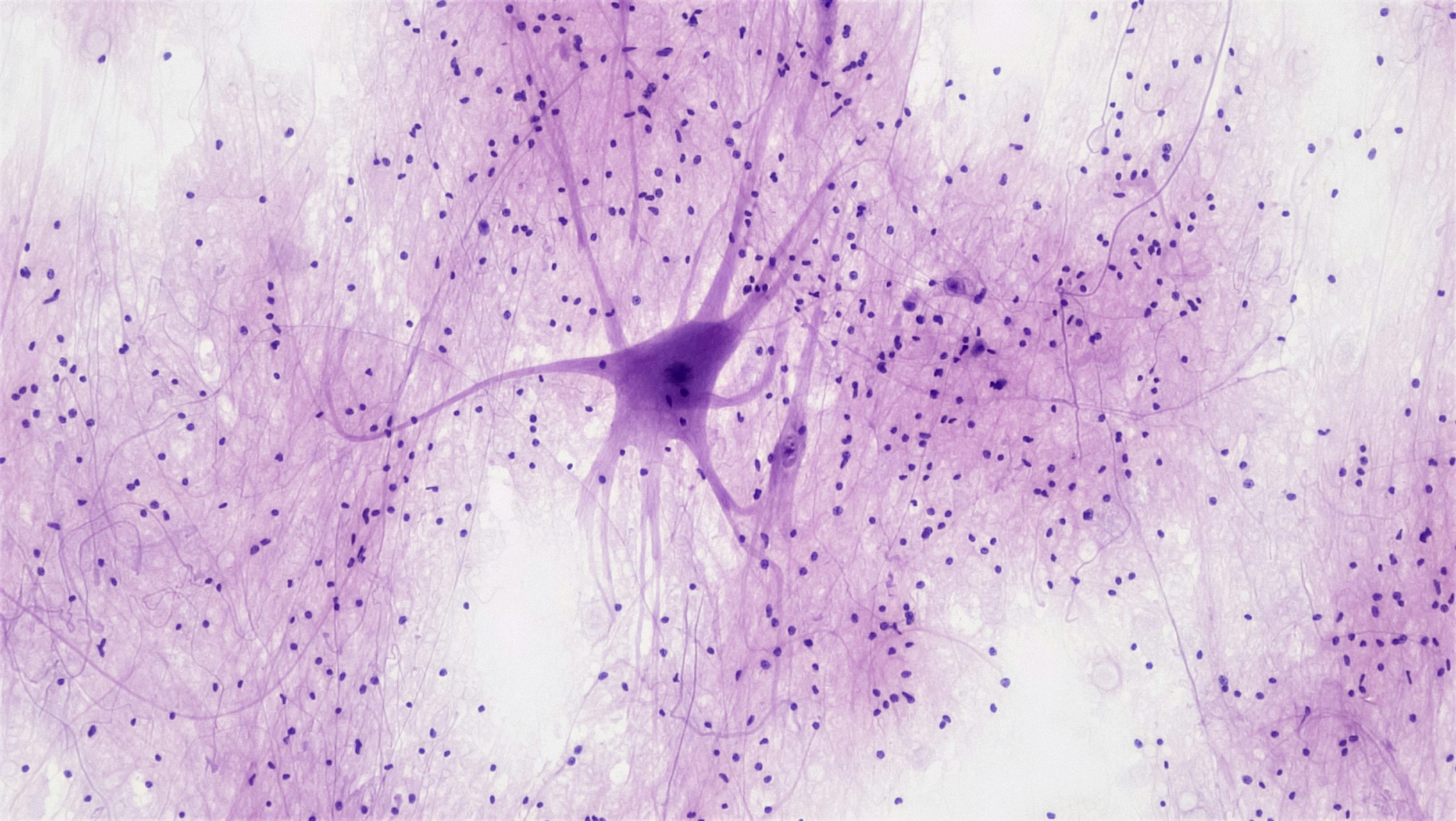Mukhtar Quraishi, Year 12, Clitheroe Royal Grammar School, Lancashire
The Haber Process seems like a simple discovery. The process takes nitrogen and hydrogen to form ammonia and is seemingly unimportant. It feels like a backyard experiment gone wrong. After all, ammonia is a toxin to sea life and is even a common by-product of reactions discarded by our bodies. So why is it that the Haber Process is such a well-known reaction, how has it changed our lives and how does it affect the world today?
During the early 1900s, ammonia was in high demand for fertilisers across the globe. Although nitrogen is highly abundant, forming almost 80% of the air around us, it is an extremely stable gas and does not readily react with other chemicals. Converting N2 into ammonia posed a challenge for chemists globally. The Haber-Bosch process, named after its German inventors Fritz Haber and Carl Bosch, was able to produce ammonia on a large scale at a higher efficiency than ever before. The process was ground-breaking, and the duo earned two Nobel Prizes, in 1918 and 1931, for their work on large scale, chemical processes. The Haber Process now produces 450 million tonnes of ammonia, most of which is used to produce ammonium nitrate for fertiliser. The abundance of synthetic fertiliser has led to a decrease in guano harvesting around the world, consequently leading to fewer seabirds becoming extinct and less damage to cave ecosystems (since guano trade often caused bats to leave their roost). Another consequence of the Haber Process is how efficient agriculture has become.
“With average crop yields remaining at the 1900 level, the crop harvest in the year 2000 would have required nearly four times more land, and the cultivated area would have claimed nearly half of all ice-free continents, rather than under 15% of the total land area that is required today.” (Smil, Vaclav – 2011). Although this seems like a wonderful thing, the ability to supply so much produce has led to the ‘population boom’ over the past century. Shockingly, the population has increased by almost 5x since the 1900s. In fact, “nearly 50% of the nitrogen found in human tissues originated from the Haber-Bosch Process” (Solomon, P. M. – 2004). The Haber Process has directly led to the situation the world is in, from the greenhouse emissions due to the much larger carbon footprint of our generation, to the laws put in place limiting childbirth and (arguably) the rights of humans all around the world.
However, ammonia isn’t just used for fertiliser. During the First World War, Germany required high deposits of nitrates to form explosives. The Allies had access to large sodium nitrate deposits in Chile but Germany had nothing. The Haber Process allowed the Germans to produce weapons from thin air, arguably helping Germany with their journey to the Second World War as well as directly killing many during the first. During World War 2, the Nazis used hydrogen cyanide (Zyklon B) to murder minorities in the gas chambers and used ammonia to safely neutralise the toxic gas. These examples may be from long ago, but ammonium-nitrate based explosives are still used all around the world today. They were used in the Sterling Hall bombing in Wisconsin, 1970; the Oklahoma City bombing, 1995; the Delhi and Oslo bombings, 2011; and even as recently as 2013 during the Hyderabad blasts. The Haber Process and the ability to easily produce ammonia has not only resulted in cheaper yields but has directly caused deaths all around the world ever since its discovery.
The Haber Process has also contributed to problems in the environment, many of which affect us today and which we have to face the direct consequences of. For example, the Haber Process uses tonnes of energy, consuming around 1-2% of the world energy’s supply. It also contributes to a build-up of reactive nitrogen in the biosphere, causing potential harm to the nitrogen cycle. As well as this, runoff from the very popular nitrogen fertilisers can disrupt biological habitats with nitrates leaching into rivers, ponds and lakes alongside expanding dead zones in oceans and affecting natural ecosystems. It is now the third most important greenhouse gas, only succeeded by carbon dioxide and methane.
To conclude, the Haber-Bosch Process most certainly affects us. It has helped extensively with our crop production and allowed us to use less land and destroy fewer habitats. Nevertheless, ammonium-based explosives are in abundance due to the Haber Process and ammonia production has had many detrimental effects on the environment, leaving us to clean up the Haber Process’ problems today.
Runner-up for the Schools Science Writing Competition, Trinity Term, 2020





